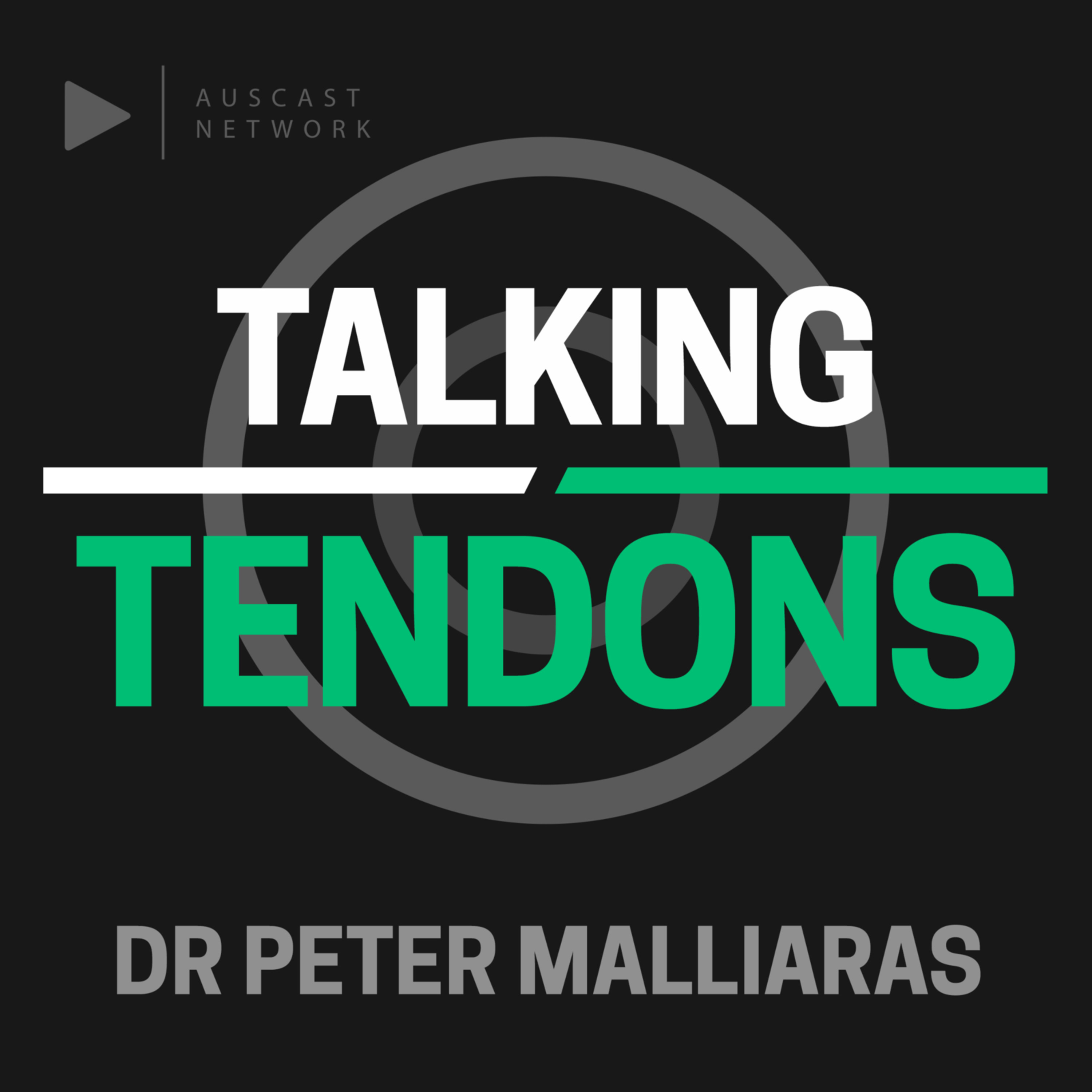Strength and other impairments in runners with Achilles tendinopathy
Description
This is a new study from my PhD student, Igor Sancho. He looks at strength, psychological and other factors that may be different between health runners and runners with Achilles tendinopathy. Seated calf raise 6RM seems to be the strongest predictor of having Achilles tendinopathy. Some interesting other findings and clinical implications.
Here is a link to this paper, and Igor's other PhD papers:
Sancho, I., Morrissey, D., Willy, R.W., Tayfur, A., Lascurain-Aguirrebeña, I., Barton, C. and Malliaras, P., 2022. Recreational runners with Achilles tendinopathy have clinically detectable impairments: A case-control study. Physical Therapy in Sport, 55, pp.241-247.
Sancho, I., Malliaras, P., Barton, C., Willy, R.W. and Morrissey, D., 2019. Biomechanical alterations in individuals with Achilles tendinopathy during running and hopping: A systematic review with meta-analysis. Gait & posture, 73, pp.189-201.
Sancho, I., Morrissey, D., Willy, R.W., Barton, C. and Malliaras, P., 2019. Education and exercise supplemented by a pain-guided hopping intervention for male recreational runners with midportion Achilles tendinopathy: a single cohort feasibility study. Physical Therapy in Sport, 40, pp.107-116.
See omnystudio.com/listener for privacy information.
More Episodes
This week I talk about a feasibility cohort study which sought to determine whether a larger cohort study addressing this question would be feasible. Listen to hear some interesting preliminary findings.
Merza, E.Y., Pearson, S.J., Mallows, A.J. and Malliaras, P., 2023. The relationship between...
Published 03/01/23
Published 03/01/23
We have known for a while that type of exercise intervention (e.g. intensity, frequency, etc) does not seem to influence self-reported outcomes such as pain. Maybe all the benefits from exercise are explained by non-specific effects, or maybe exercise has benefits that do not depend on the type...
Published 02/21/23


